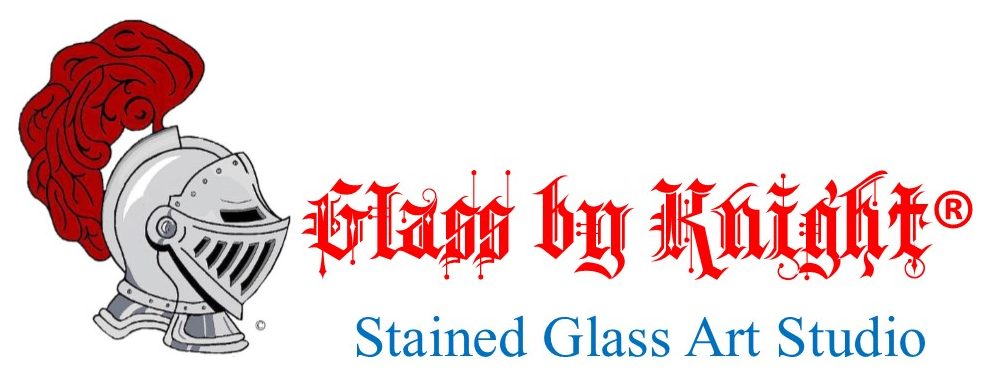Subway’s business-specific multiplier well exceeds the industry average multiplier of 1.96. The industry is trending toward franchises, and since Subway is a franchise, the transition to a new owner is less risky. Although Joe’s Restaurant has had reasonable success in the past, the industry is trending away from independently owned restaurants. Also, the likelihood of new owner success is questionable because Joe’s is a family-owned business with a long reputation in the local community. This is often referred to as “market risk.” If an industry is booming and trending toward your particular business, the higher your multiplier will be. In the same way, the more the population growth and popularity of a business area is growing, the higher your business’ specific multiplier will be.
- The result indicates how many times of annual income a buyer was willing to pay for a company.
- First, the market value business valuation formula is perhaps the most subjective approach to measuring a business’s worth.
- You can take a sector ‘norm’, but it needs to be applied through the prism of an individual business and their idiosyncratic risk profile.
- The enterprise value is calculated by combining a company’s debt and equity and then subtracting the amount of cash not used to fund business operations.
- Below is an exploration of some common financial terms and methods used to value businesses, and why some companies might be valued highly, despite being relatively small.
Three approaches to a business valuation
To calculate the value of company A, simply take 1/10th of the sum of all the companies’ market capitalizations multiplied by their respective values. This valuation method is often used https://exipuresale.us/privacy-policy/ by acquirers to ensure they are getting a fair price for their investment. To calculate the break-up value, simply subtract the total debt from the sum of the assets and liabilities.
Business Valuation Formulas & SDE
For this example, we will assume that the business has assets valued at $1 million and liabilities valued at $500,000. The formula takes into account the value of the assets and liabilities of the business and then assigns a value to each component. No business owner wishes to liquidate the business but it’s a method that can be used to calculate the value of a company.
What is Due Diligence? – Definition, Meaning, Types, Examples, Spelling, Fees & Costs Explained!
- We use multipliers on the Seller’s Discretionary Earnings (SDE) to value a business.
- However, you might get a higher multiplier if you have recently purchased new equipment.
- You also have some depreciation and interest, as well as retirement contributions.
- Adam Hayes, Ph.D., CFA, is a financial writer with 15+ years Wall Street experience as a derivatives trader.
- One of the shortcomings of market capitalization is that it only accounts for the value of equity, while most companies are financed by a combination of debt and equity.
In other words, you define the value of a business by estimating the expected net income through a certain period of time and recalculating the current cash flow. Estimate future value by evaluating the company’s current strategy and historical performance. Project future revenues, expenses, taxes, capital needs, cost of capital, and market share. Compare these projections to similar companies and assess the viability of the business plan. An analyst would compare the P/E ratio with other companies in the same industry and with the ratio for the broader market if the P/E ratio of a stock is 20 times earnings.
For example, your broker may tell you that lately your type of business has been selling for about four times the gross monthly revenues. From your recast financials you can determine your historical annual earnings figure (generally, EBIT or earnings before interest and taxes). From this you’ll subtract the portion of earnings that’s attributable to your assets alone.
Discounted cash flow analysis is the process of estimating the value of a company or investment based on the money, or cash flows, it’s expected to generate in the future. Discounted cash flow analysis calculates the present value of future cash flows based on the discount rate and time period of analysis. An asset-based approach is a valuation method that can be particularly useful for potential buyers of a small business, as assets comprise the majority of the sale price in many smaller transactions. This approach includes both tangible and intangible assets, so a retail store’s inventory would be a tangible asset, while its reputation and location might be considered an intangible asset.
You might use either of these organizations as a resource for finding an appraiser to perform your business valuation. You also might consult your CPA or business accountant to see if https://windows-az.com/15836-mysql-workbench-609.html they have any recommendations. From a practical standpoint, the ROI-method makes sense—an investor wants to know what their return on investment will look like before they invest.
Small Business Valuation Methods: How to Value a Small Business
Invoices and receipts are examples of financial records at the most precise level. Financial records at a higher level include subsidiary ledgers, the general http://glavboard.ru/aid/263500/ ledger, and the trial balance. The multiplier’s value is determined by the marginal propensity to consume as well as the marginal propensity to save.
